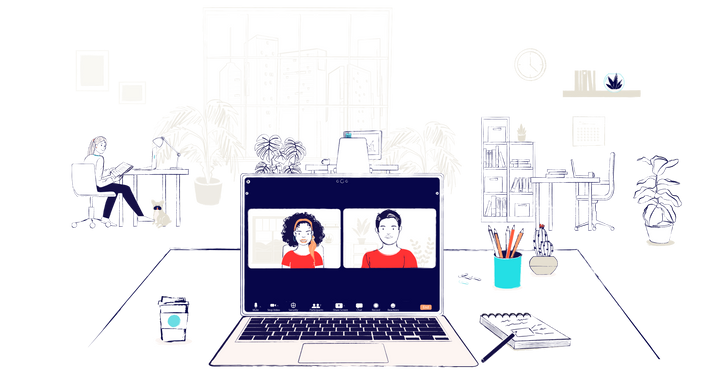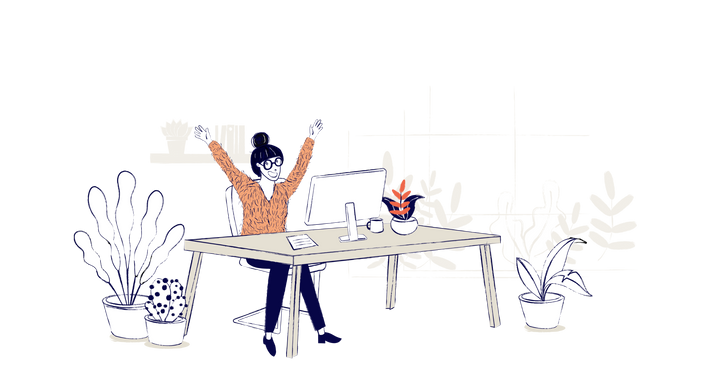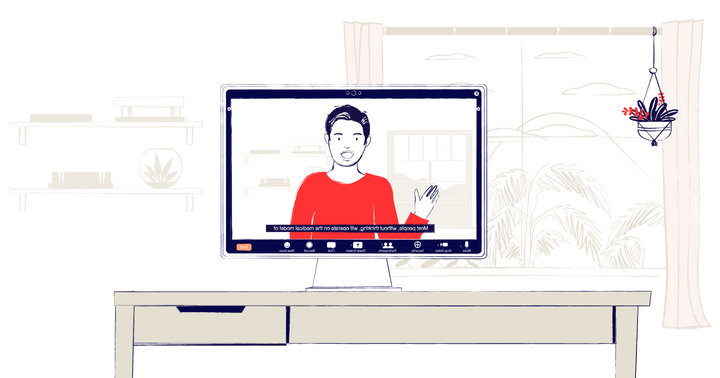How To Use Design Thinking to Build Conscious Culture

Part of the effort to codify and document Conscious Culture is to be the intangible tangible—to take some that’s often thought of as organic or fuzzy and make it something that we can change and improve.
That’s why it’s helpful to look at other structures that take something hard-to-define and give it shape. One of those frameworks is known as “Design Thinking”. At its core, design thinking is about beginning with the consumer of a product or service, and then designing backwards from their use cases and needs.
To some degree, designers do this intuitively, but capturing their process and outlining its principles can help apply some of the magic of design thinking to other scenarios—like building a company culture that is healthy, productive, and conscious.
Design thinking is a process with five distinct phases:
- Empathize
- Define
- Ideate
- Prototype
- Test
Step 1: Empathize
In design thinking, empathizing is the act of understanding the consumer or end-user. What do they want? What do they need? What is their environment like? Critically, these aren’t assumptions about the consumer—no, design thinking argues for intense engagement with the consumer. It means seeking an understanding about them and their desires that won’t come by way of a few Google Forms.
How does that apply to the work of building a Conscious Culture? Consider your employees as the “consumers” of your culture. What do they want in a workplace? What are they worried about? What things could make the culture better for them? It’s tempting, for instance, to think that you have these answers already—that you know them just based on casual observations. But it’s far more useful, as design thinking illustrates, to spend time talking to and gathering information from your culture’s consumers—and beginning your adjustments from that body of knowledge.
Step 2: Define
Now that you better understand the end user of your culture, what to do with that mass of information? This is where design thinking is useful: define what the challenge is. Maybe the same issues came up again and again—work hours that stretch into personal time; more need for in-person interactions; more flexibility for parents on the team.
Use the information and create a concrete “design brief.” This is what you’re aiming for, and writing it down—aka “defining it”—will help you get clarity on the culture as it is and what you want it to be. It’s a first, crucial step, and it provides a framework for your next actions.
Step 3: Ideate
Now is the time to brainstorm: what ideas would solve the challenge you just defined? There’s simple and effective ways to make this productive, but the end goal is the same: come up with solutions that might work, and leave no stone unturned.
For Conscious Culture, it’s why we’ve been documenting our approach and putting together case studies and tactics. Because many of the “solutions” aren’t brilliant, once-in-a-lifetime ideas. They are things that can be replicated and borrowed and adapted to your company and context. The goal of ideation is to bring all of these to the fore.
Step 4: Prototype
This is the moment when designers put pen to paper and create a rough sketch or first draft of their creation. In our context, prototyping with a culture might mean a slight shift, or an email sent out to see how a company might respond to a change. The point of prototyping: You don’t know the precise right answer, but you want to take that first step and overcome inertia.
This is especially important when designing Conscious Cultures. Our workplaces can become locked in ways of being and doing. The point of prototyping is to change something in a small but dynamic way so that we can see how it works.
Step 5: Test
You’ve built a prototype—now it’s time to let it loose and get feedback. Set metrics and acquire data. That can be anecdotal or quantitative. The broader point is to make sure that you’re actually getting a real and powerful sense of how an intervention improved (or did not improve) the culture. Did you achieve what you set out to achieve? What was expected, and what was unexpected?
As any designer will admit, these steps are not always tidy, nor are they always done in this precise order. The point of design thinking is to challenge assumptions and open the door to questions. It is to strive to do better—and to leave room for the serendipitous, the unexpected, the idea-that’s-crazy-until-it’s-not. That’s why this works so well as a framework for Conscious Culture—because our goal, as ever, is to question the cultural assumptions in our companies and strive to improve the answers.




